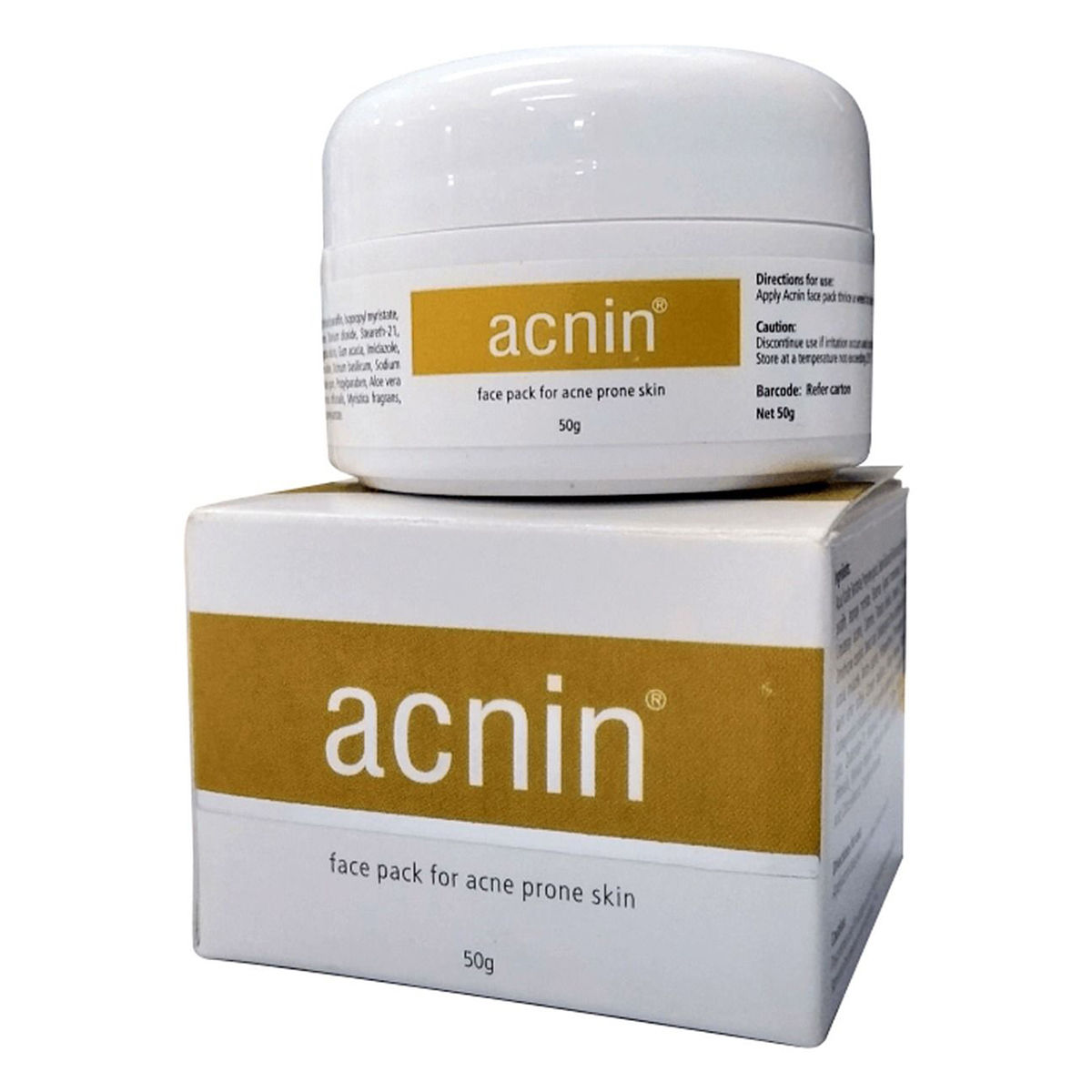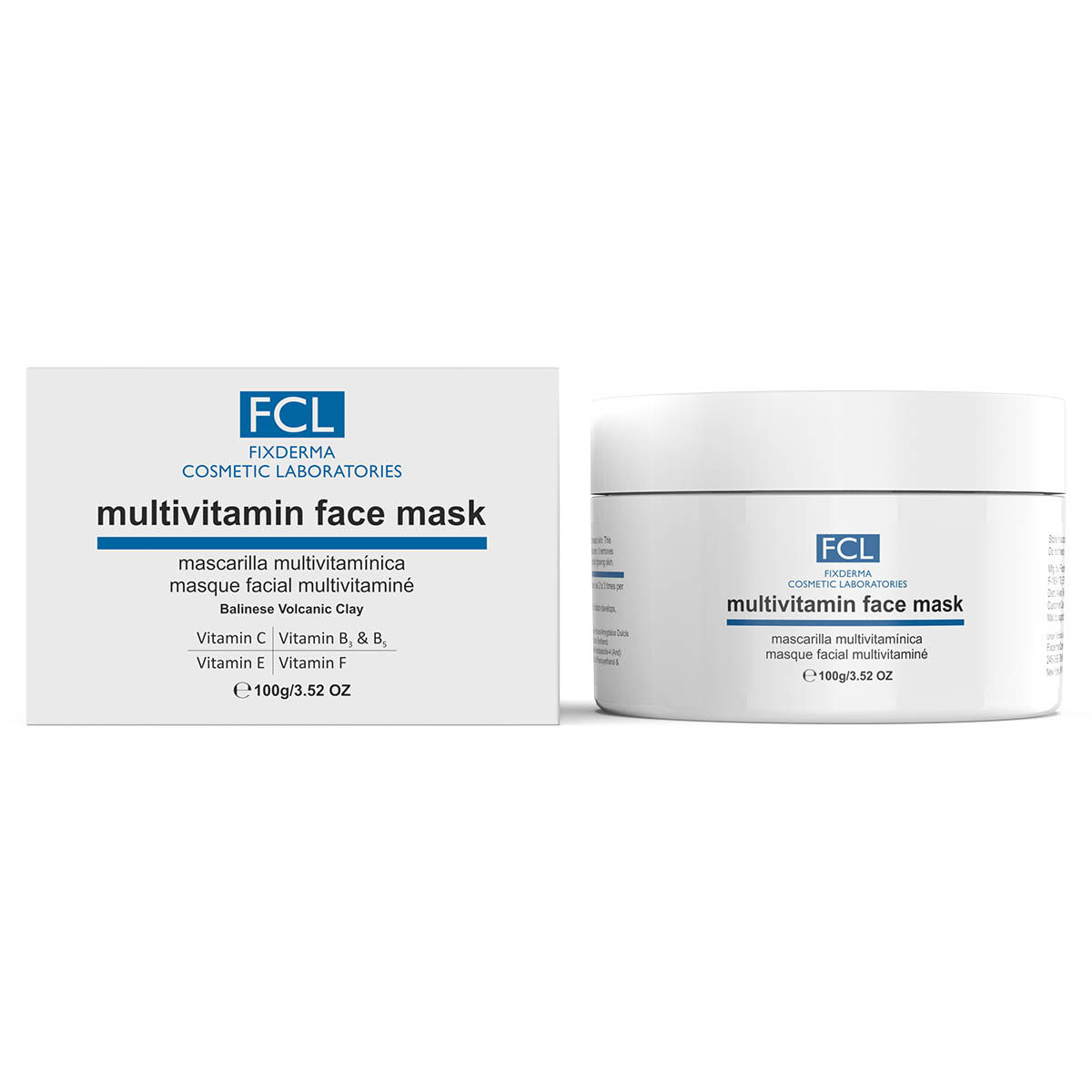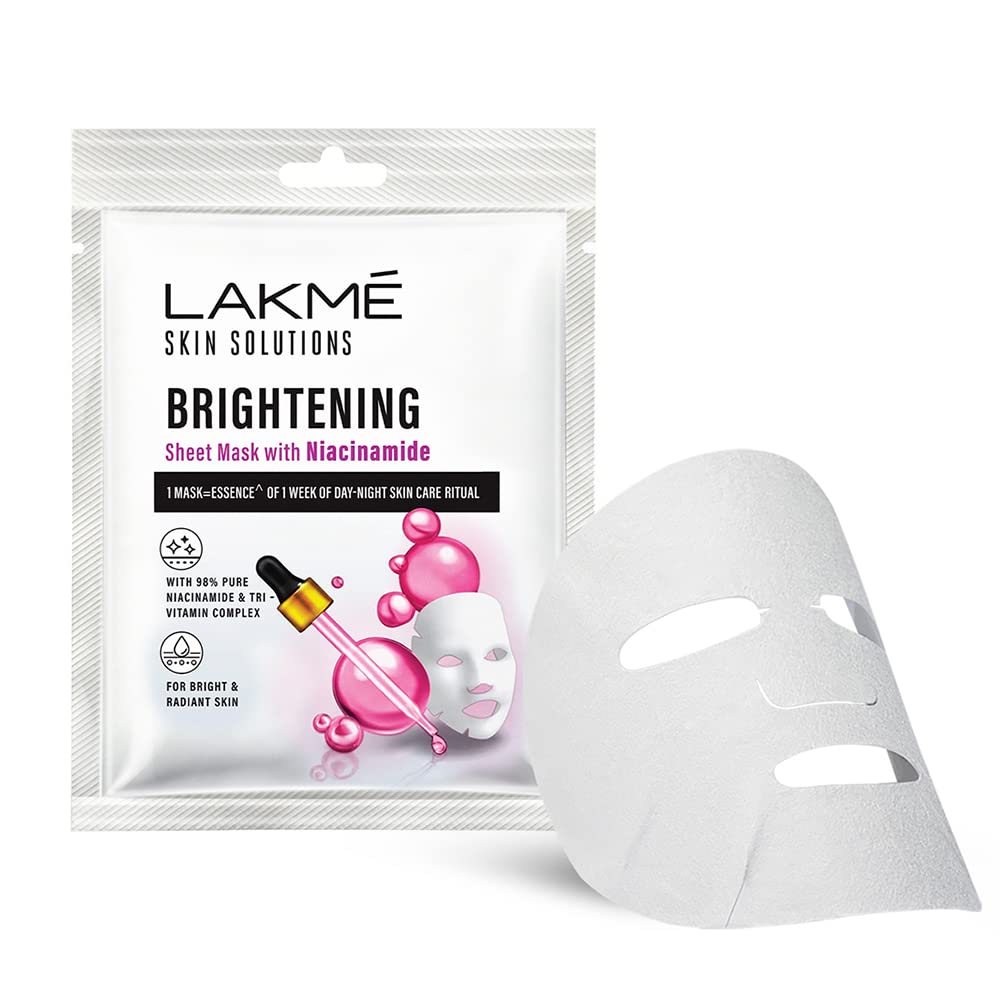If you love skincare, few things feel as instantly rewarding as a face mask. Whether you love the classic, creamy texture or the trendy, serum-soaked sheet, both promise a glow-up. But for Indian skin, which often deals with heat, humidity, and pigmentation, which type of mask delivers the best results? Let’s break down the ultimate skincare showdown: face mask vs sheet mask India, to help you achieve your clearest, healthiest skin yet!





